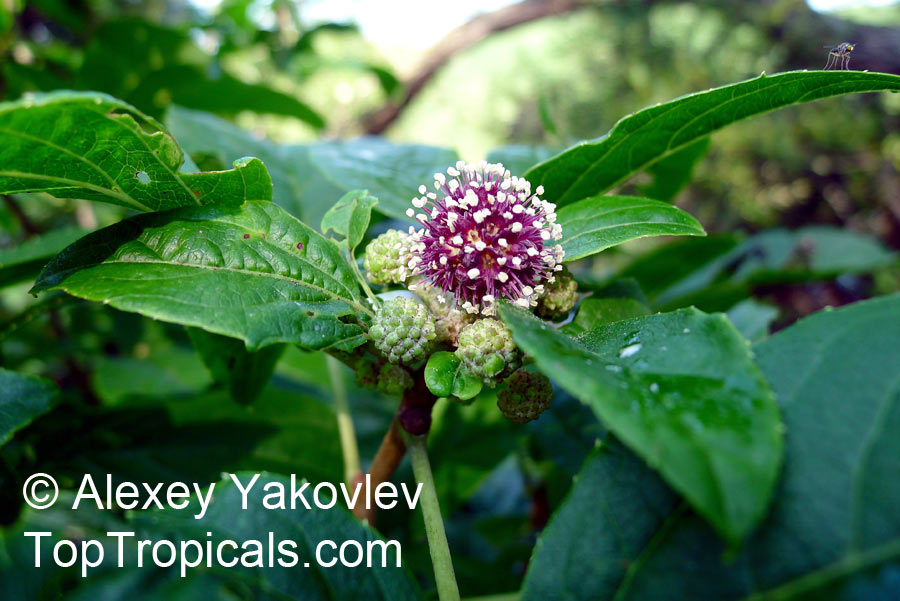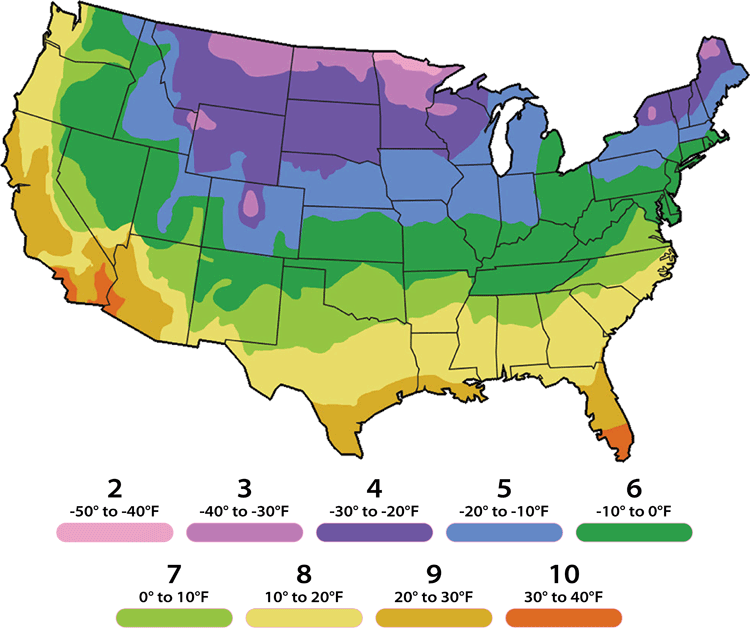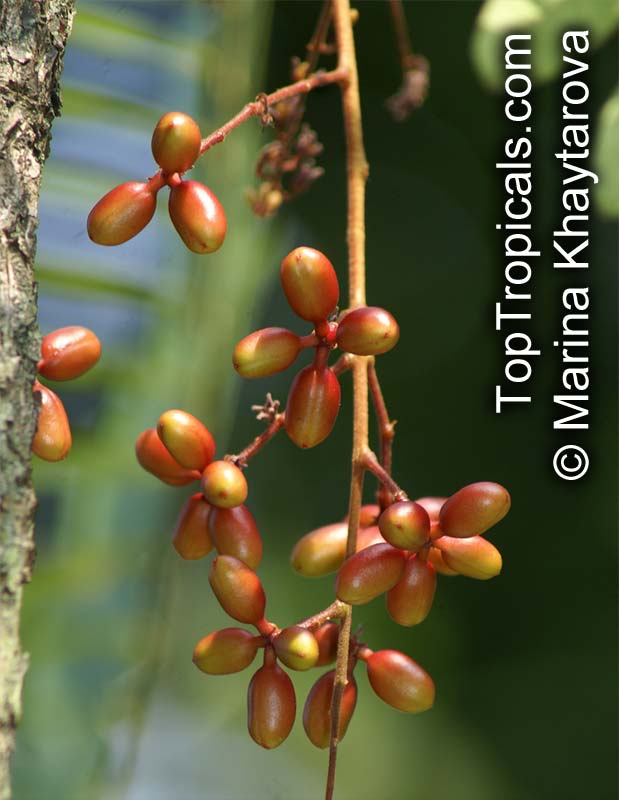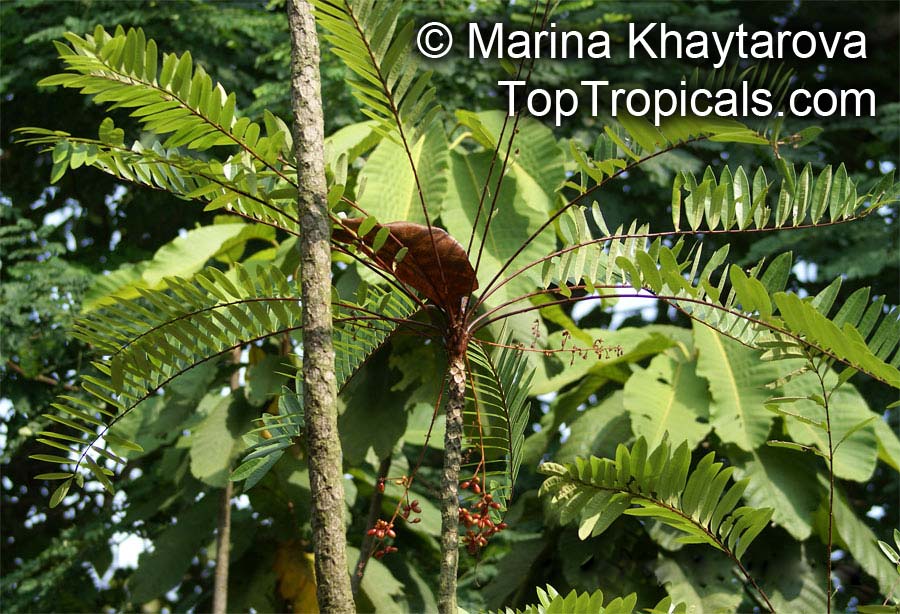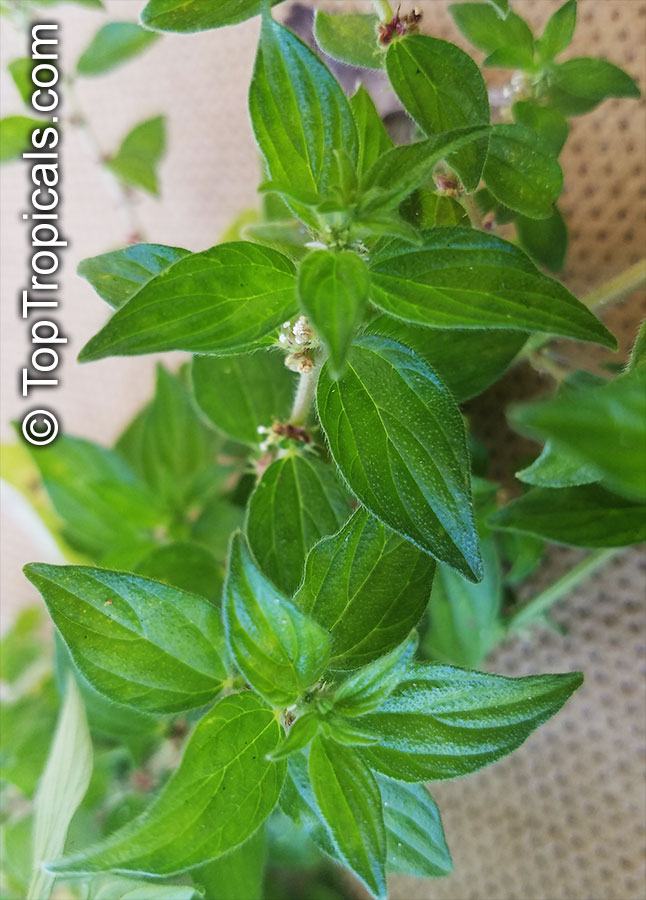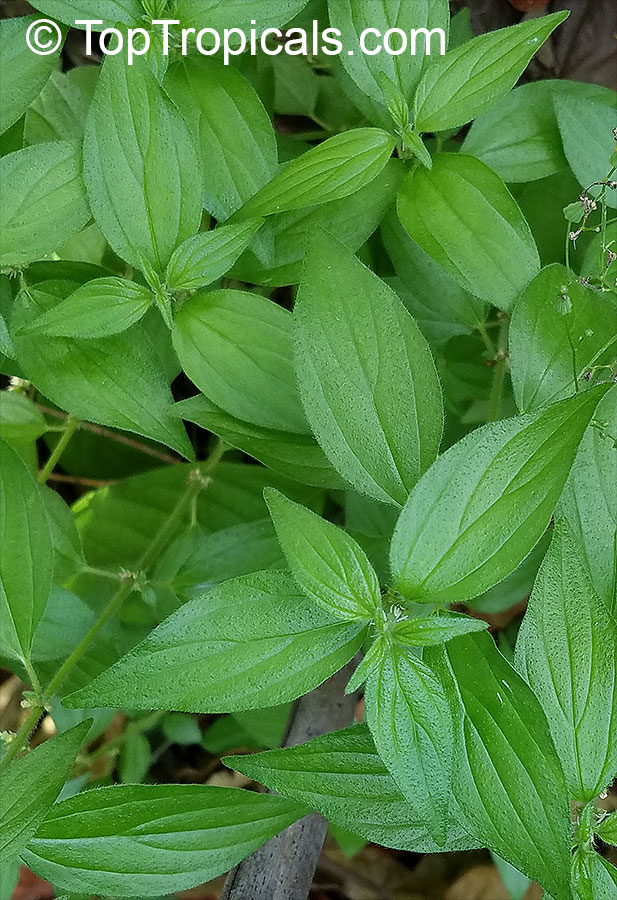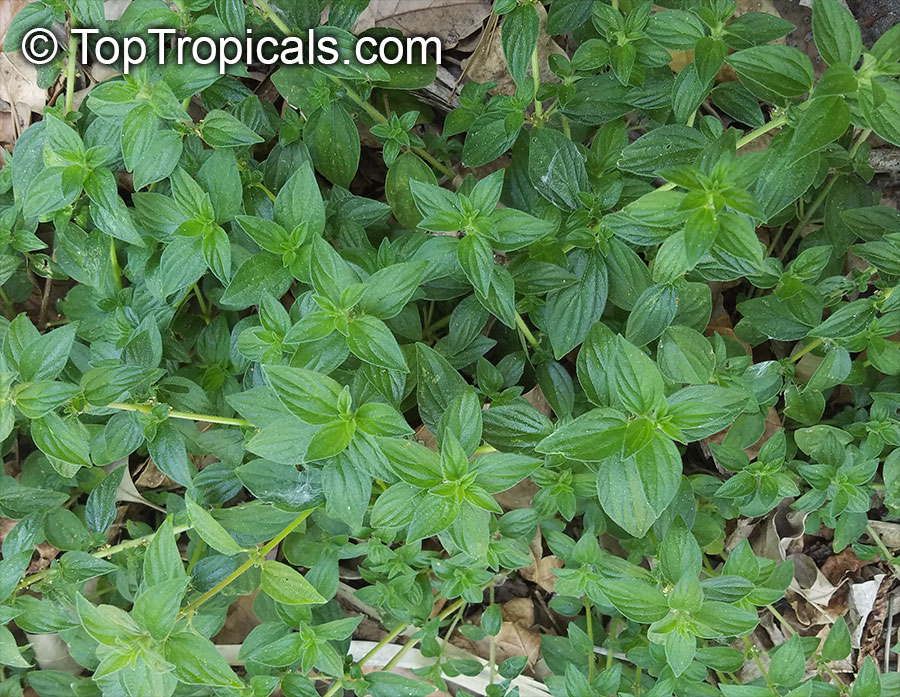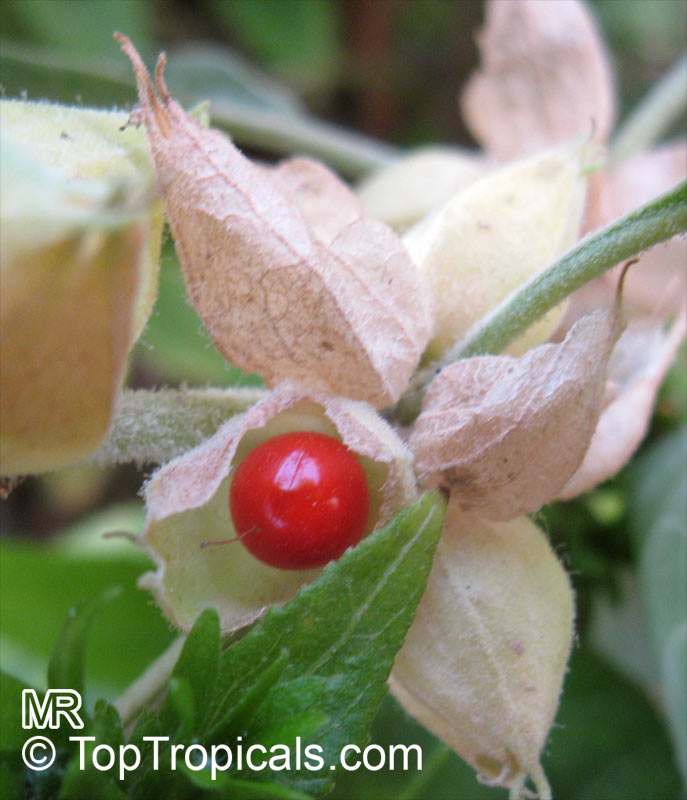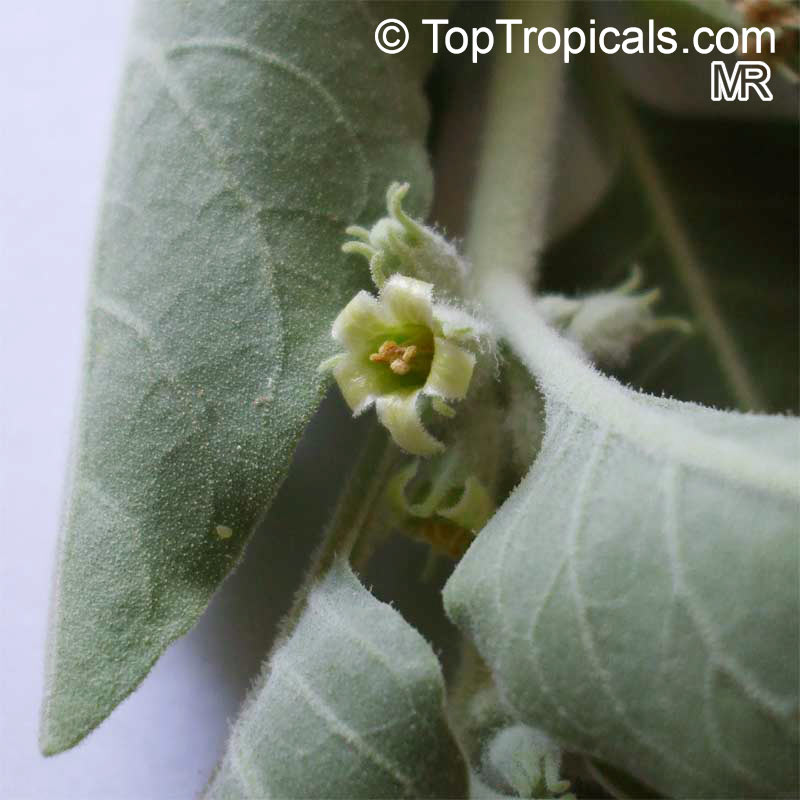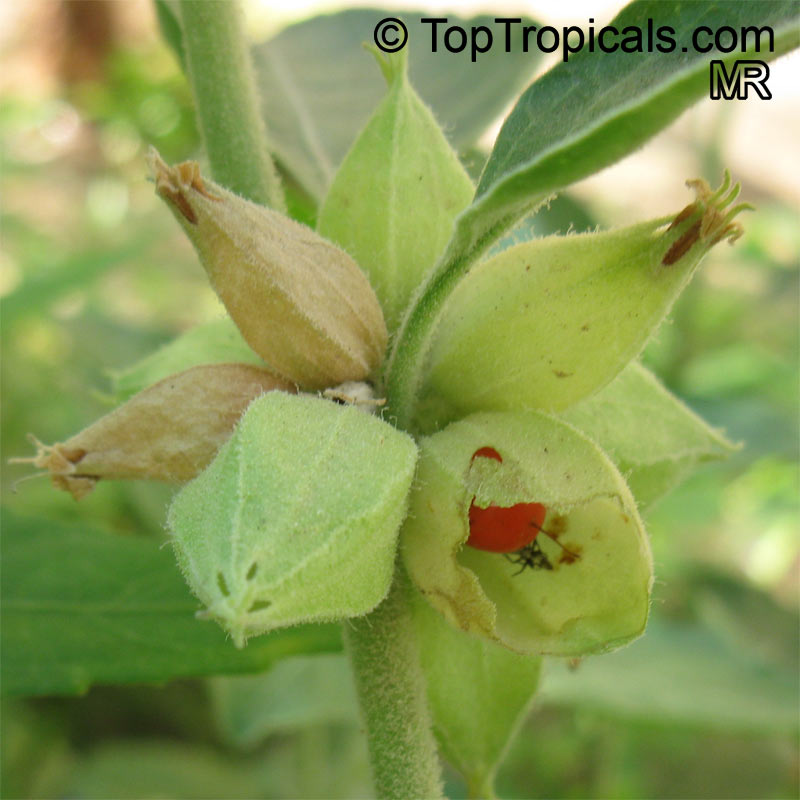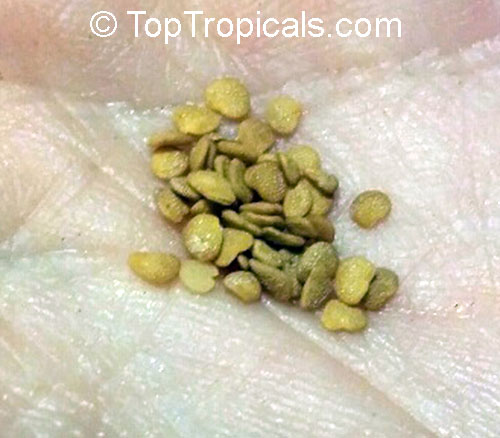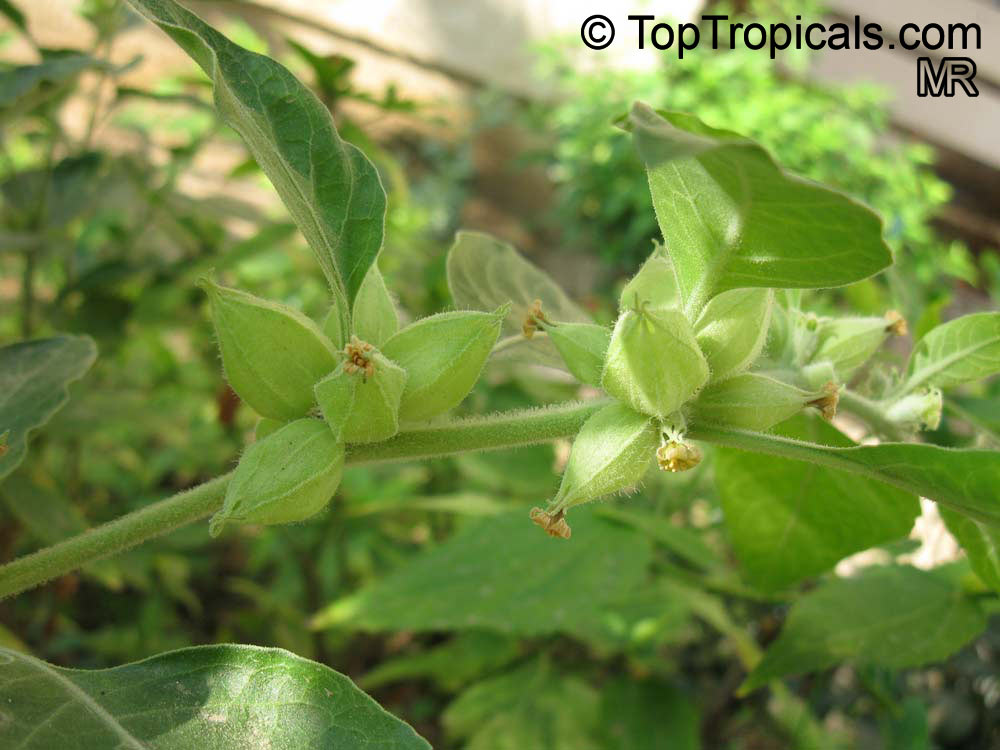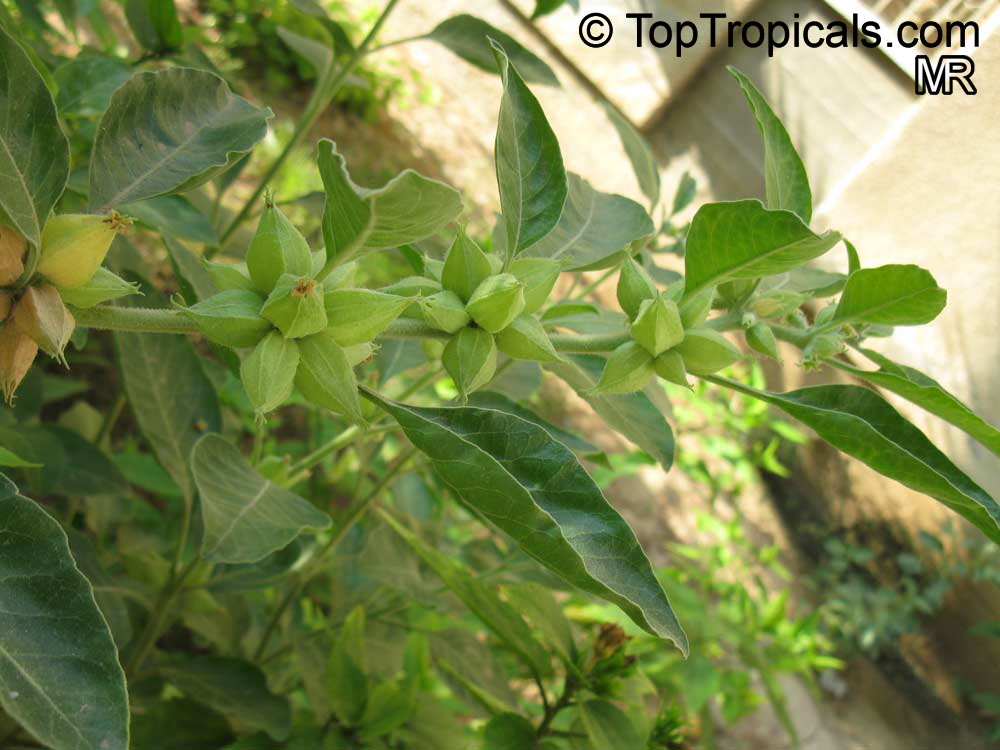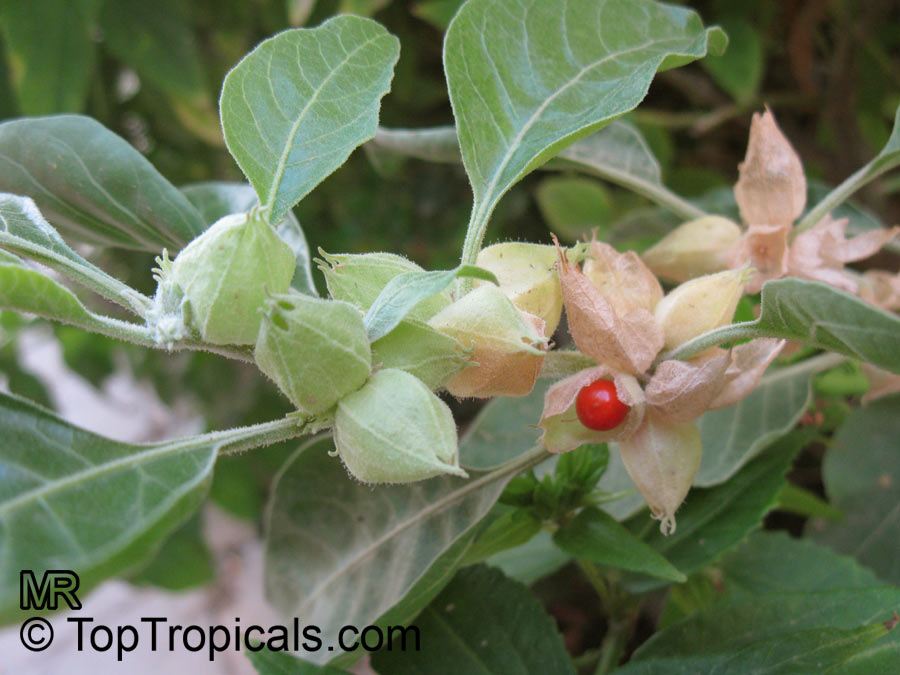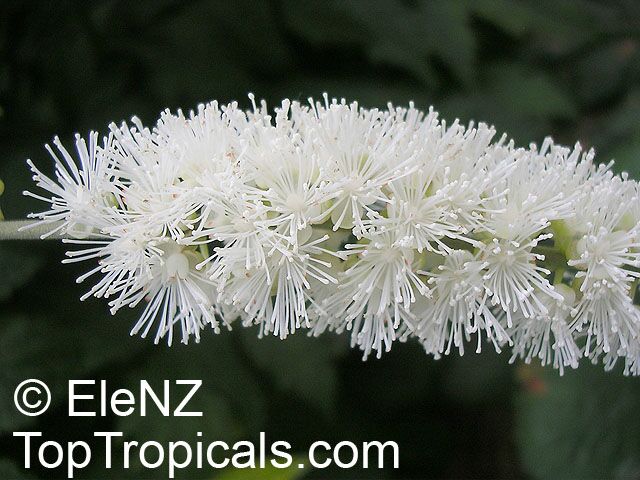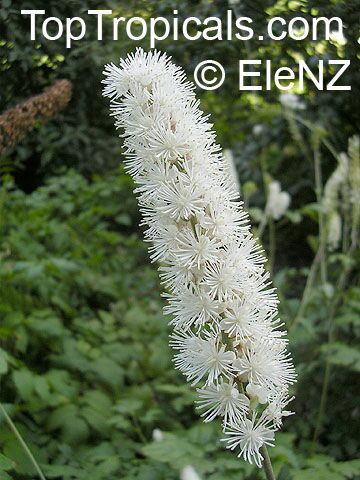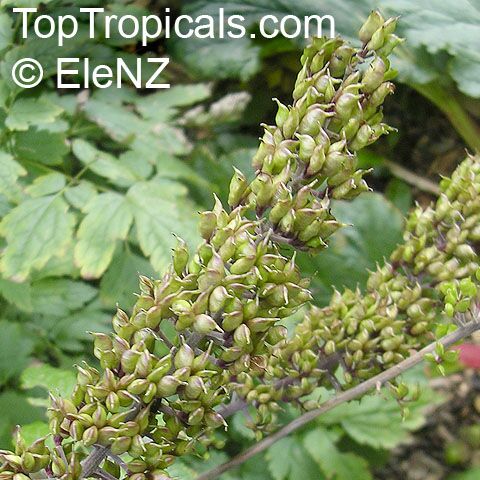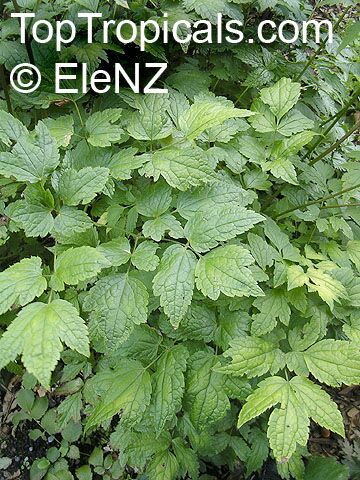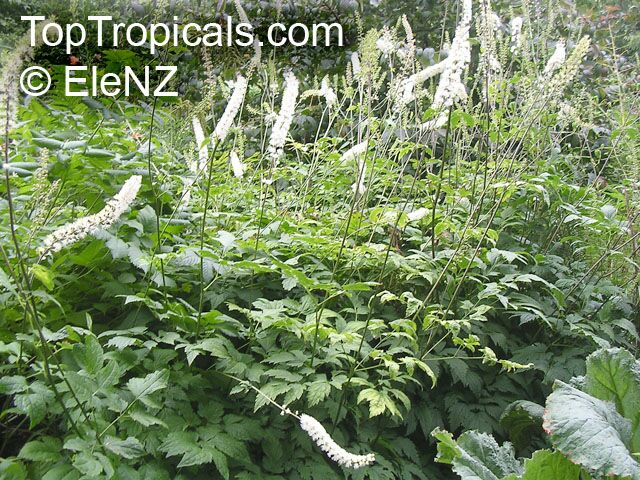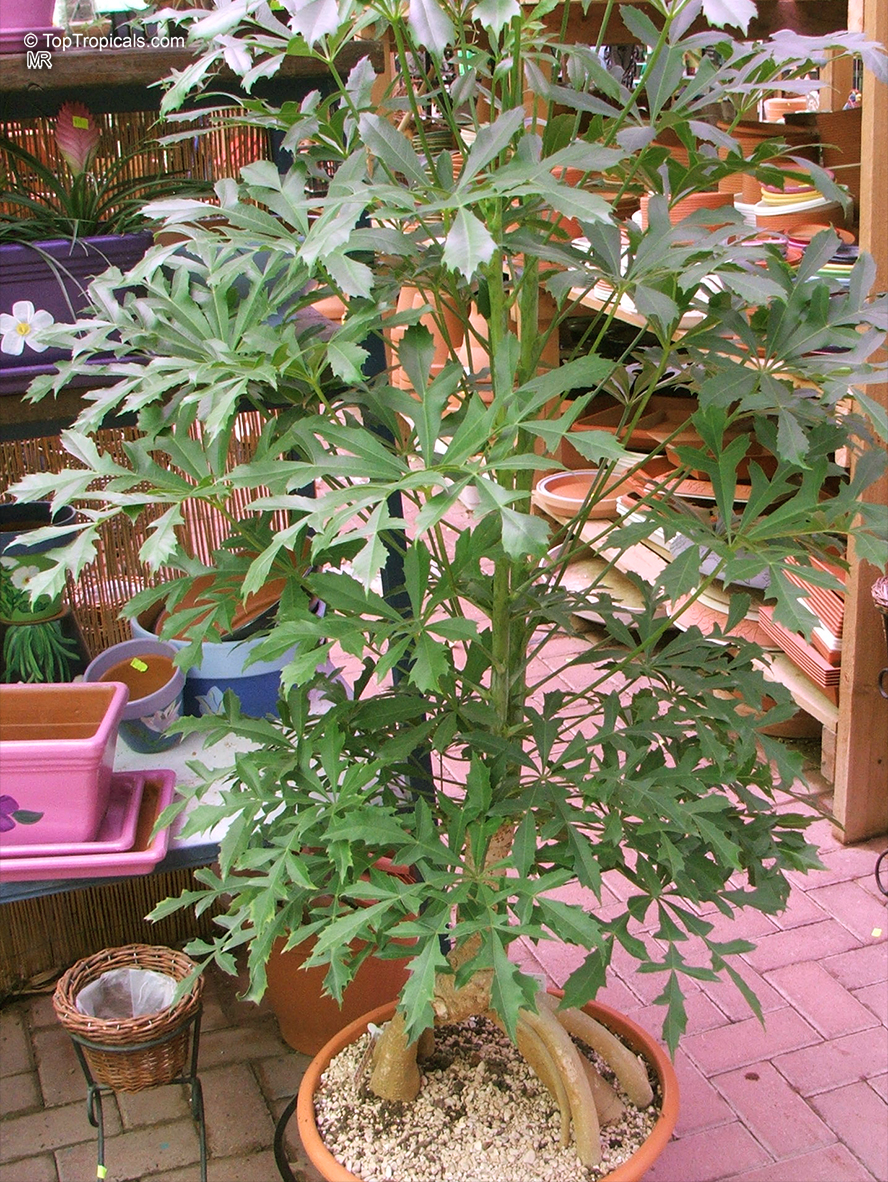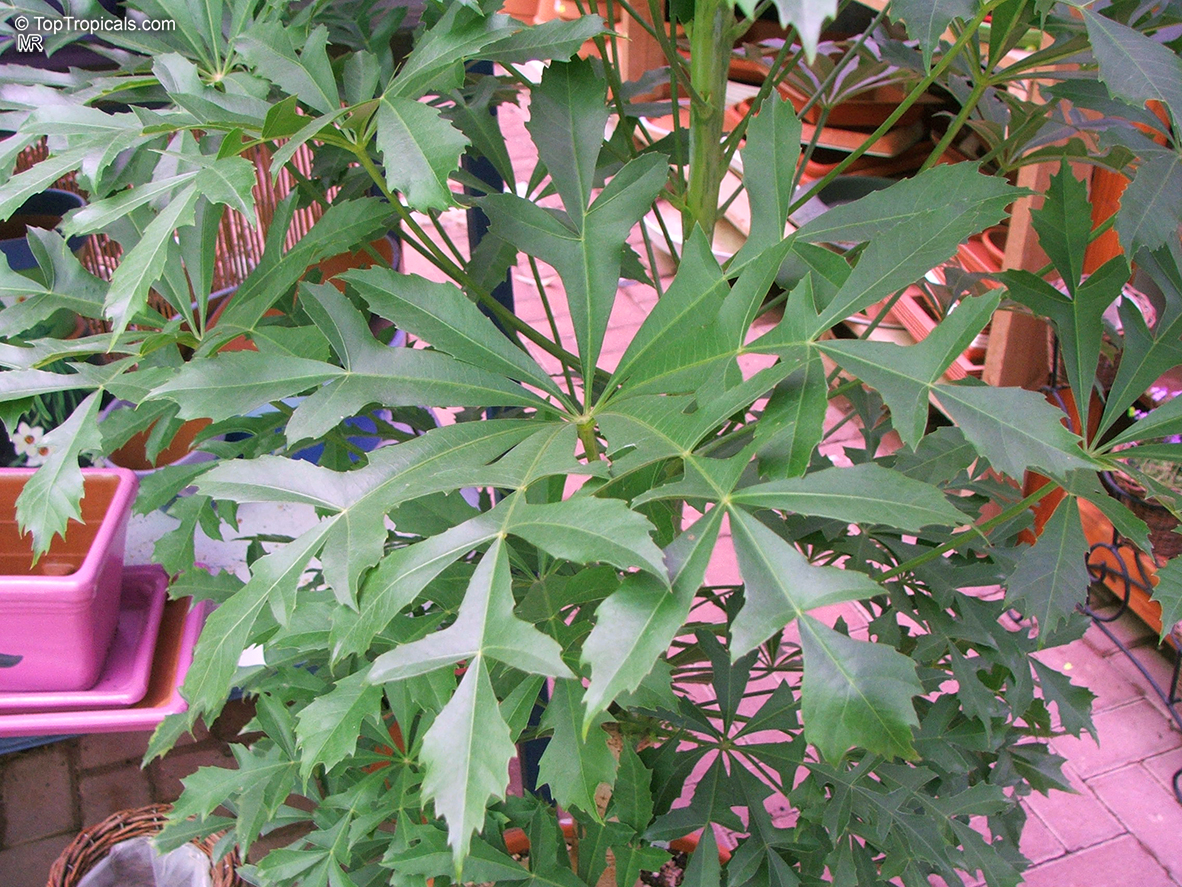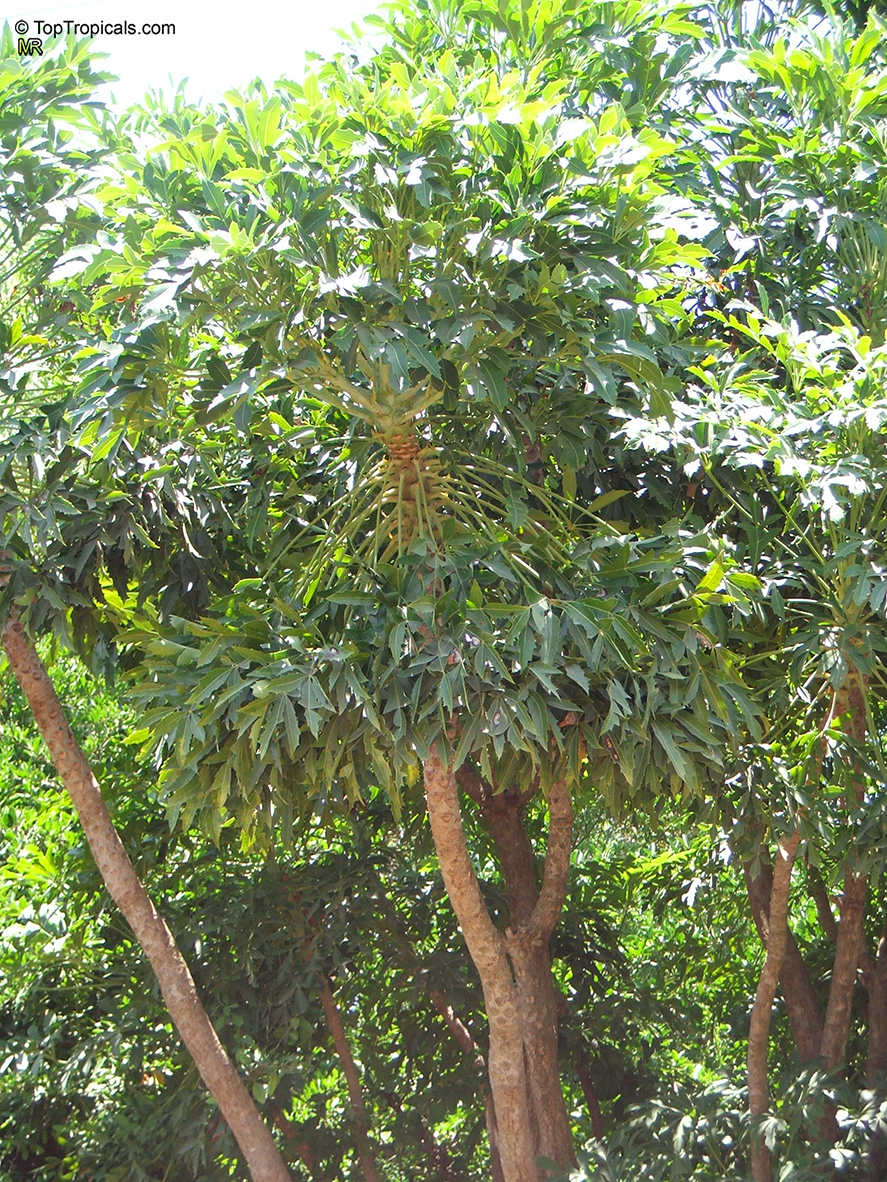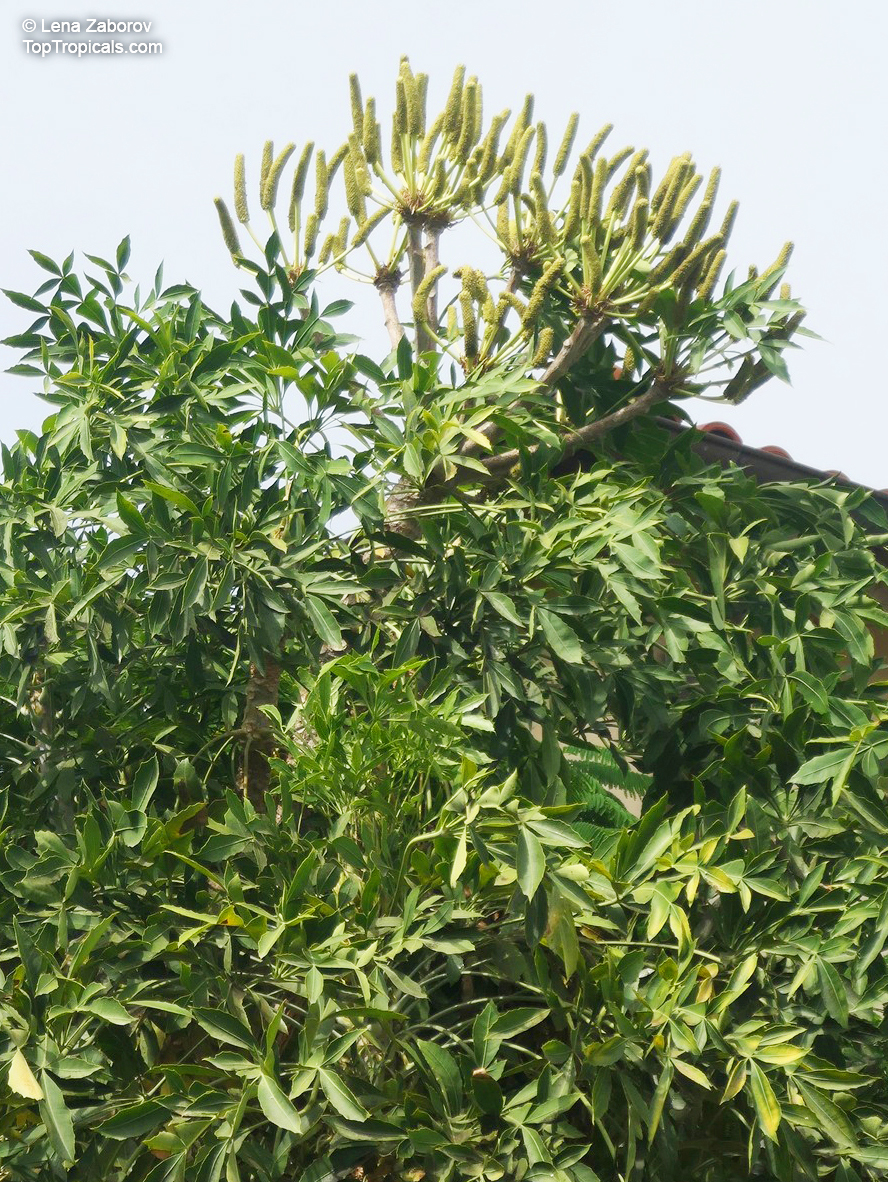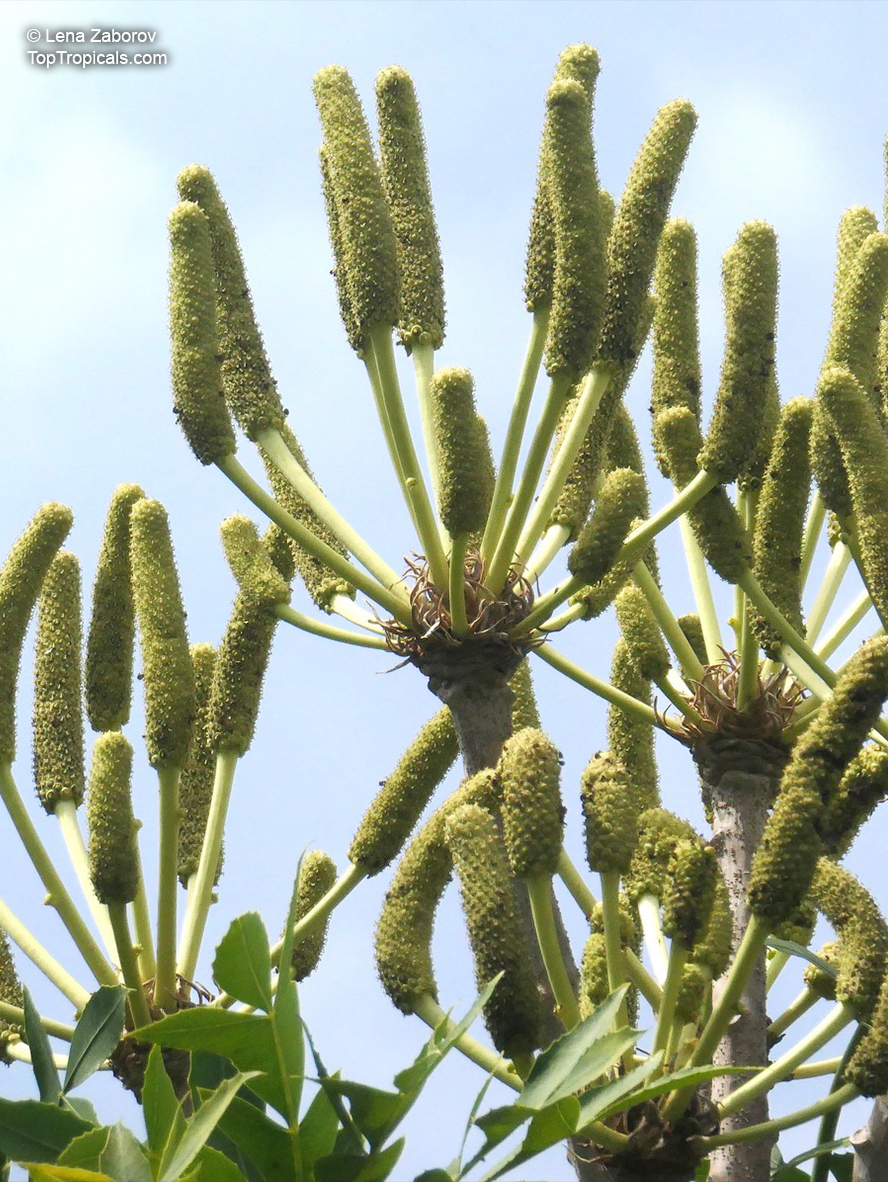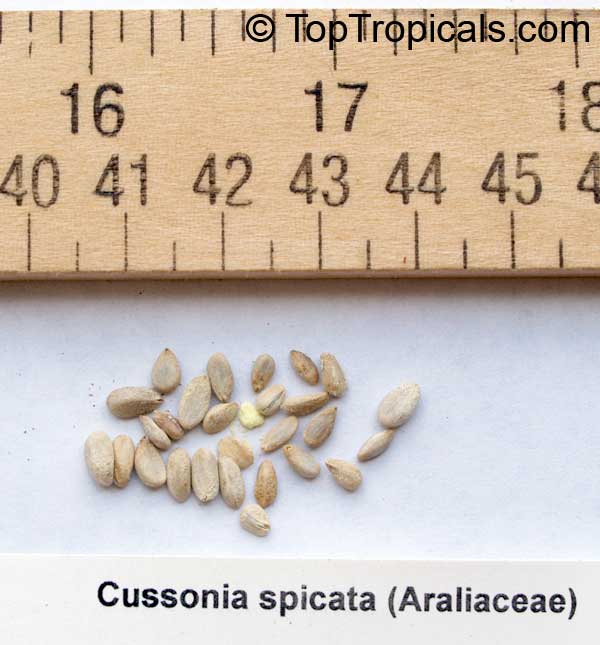Ginseng - Search results
| Number of plants found: 6 |
Botanical names: Eleutherococcus sessiliflorus, Panax sessiliflorus
Common name: Thorny Ginseng
Family: Araliaceae
Origin: China








Botanical name: Eurycoma longifolia
Common names: Ali's Umbrella, Long Jack, Malaysian Ginseng, Pasak Bumi, Tongkat Ali
Family: Simaroubaceae
Origin: Malaysia, Borneo, Sumatra








Eurycoma longifolia is a small, evergreen tree with spirally arranged, pinnate leaves 20-40 cm (8-16 inches) long with 13-41 leaflets. The flowers are dioecious, with male and female flowers on different trees; they are produced in large panicles, each flower with 5-6 very small petals. The fruit is green ripening dark red.
The plant parts have been traditionally used for its antimalarial, aphrodisiac, anti-diabetic, antimicrobial and antipyretic activities.
Botanical names: Spermacoce alata, Spermacoce latifolia
Common names: Winged False Buttonweed, False Ginseng, Oval Leaf False Buttonweed
Family: Rubiaceae
Origin: Central America








Spermacoce alata is a very common weed of lawns. It is widespread across the warmer parts of the Western Hemisphere and naturalized in many other parts of the world. Spermacoce alata prefers humid tropical climates with sandy soils. It can be found along steep riverbanks, fields, roadsides, and other disturbed areas. S. alata can be a weed of crops such as sugarcane, soybeans, and rubber. It can grow from seed or vegetative fragments.
Botanical name: Withania somnifera
Common names: Ashwagandha, Indian Ginseng
Family: Solanaceae
Origin: India and China






Withania somnifera is a special herb in Ayurvedic medicine. The species name somnifera means "sleep-inducing" in Latin. Withania somnifera is cultivated in many of the drier regions of India, such as Mandsaur District of Madhya Pradesh, Punjab, Sindh, Gujarat, and Rajasthan. It is also found in Nepal, China and Yemen. The main chemical constituents are alkaloids and steroidal lactones. The long brown, tuberous roots are used in traditional medicine.
Botanical name: Cimicifuga racemosa
Common names: Black Cohosh, Squawroot
Family: Ranunculaceae
Origin: North America








This perennial woodland plant likes the deep shade of moist hillsides, the home of other important medicinal plans such as goldenseal and ginseng. It has robust, three-divided leaves, with three-lobed terminal leaflets. The middle lobe of the sharply-toothed leaflets is the largest. The plant is little-noticed until it sends up its tall spikes of showy white flowers, three to eight feet tall.
The root was an important folk medicine among American Indian groups and early settlers for menstrual irregularities, as an aid in childbirth and for rheumatism. Black cohosh will become of increasing interest to women looking for an alternative to estrogen therapy in the treatment of menopausal symptoms.
Botanical name: Cussonia spicata
Common names: Common Cabbage Tree, Kiepersol
Family: Araliaceae
Origin: Southern and Tropical Africa










Cussonias in general have the peculiar habit of producing their attractive leaves toward the ends of thick branches in large round heads. It belongs to a large family Araliaceae, to which well known plants such as Ginseng, Ivy, and several indoor plants, as well as Tetrapanax papyriferus, the plant used to make chinese rice paper. This family is also closely related to the parsley family (Apiacae) which includes several popular vegetables and herbs such as carrots, fennel and parsley. In addition to its popularity as a decorative garden tree and useful accent plant, the leaves of C. spicata are traditionally used as a treatment for indigestion. The roots are succulent and edible, mashed roots have also been used in the treatment of Malaria. The cabbage- tree is relatively easily cultivated, but does not tolerate extreme degrees of frost. The seed should be harvested and sown fresh. Well drained soil, some water and lots of sun. Plant which can be grown as a Bonsai. The corky stem will grow to 24" in diameter and reach for 21ft height. The flowers are green-yellow.
Use link to repeat this search:
https://toptropicals.com/cgi-bin/garden_catalog/cat.cgi?find=Ginseng&search_op=and&keyword_op=and&language=e&number=10
&no_change_lang=1&user=tt&sale=1&first=0
